Affiliate links on Android Authority may earn us a commission. Learn more.
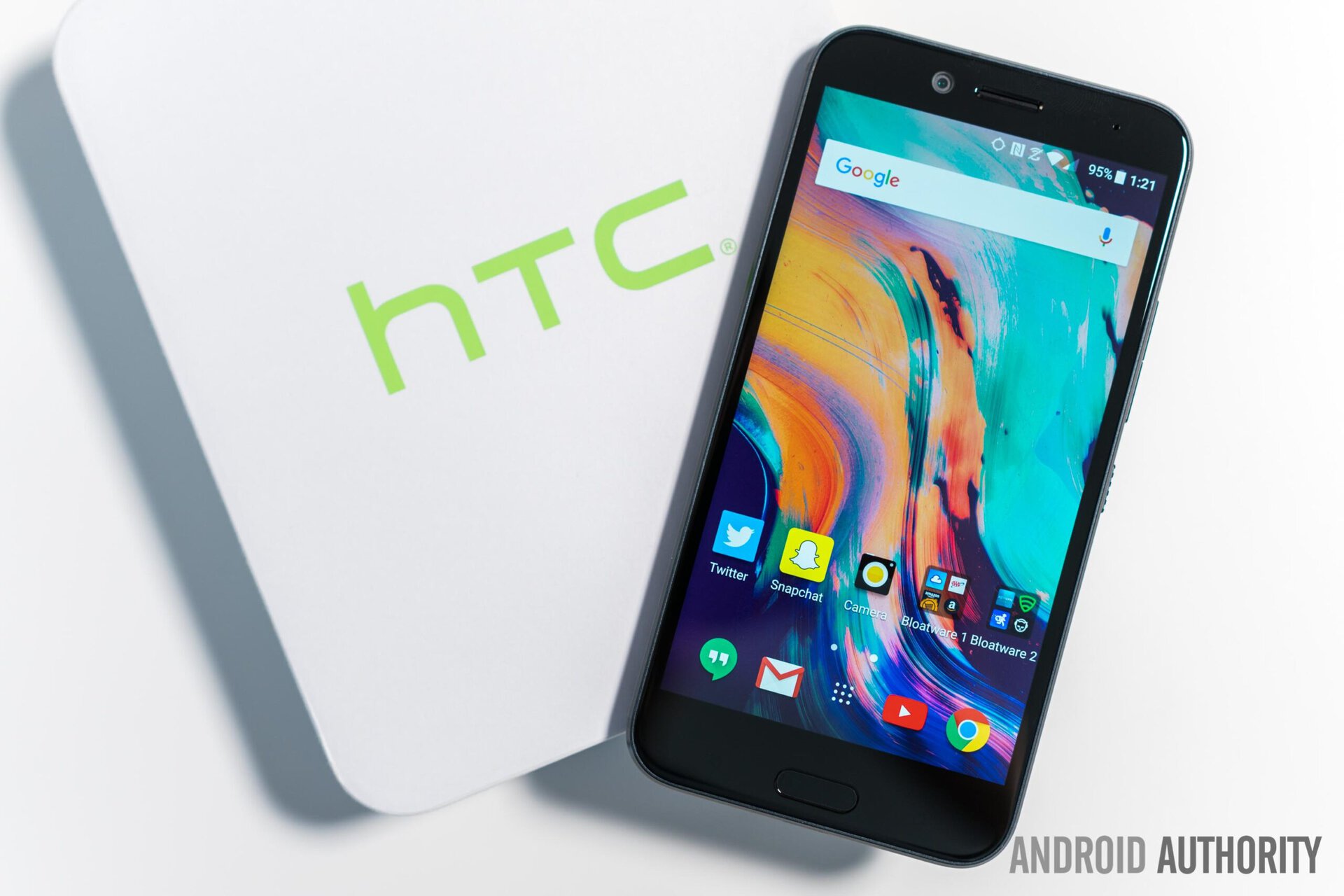
HTC Bolt review: the better data speed might not be worth it
Published onJanuary 10, 2017
HTC Bolt
What we like
What we don't like
Our scores
HTC Bolt
When we reviewed the HTC 10 in early 2016, we dubbed it the comeback we had been waiting for. HTCmanaged to address many of our complaints with the previous year’s One M9, while also making major refinements to features like BoomSound. Although it didn’t quite outdo the Samsung Galaxy S7 Edge, it surely gave consumers an excellent alternative to Samsung’s predictable flagship.
Hot HTCstories
Appropriately named after famous Jamaican sprinter Usain Bolt, the HTCBolt is the first smartphone to support Sprint’s LTE Plus network, which promises unprecedented data speeds. But are faster data speeds enough to make the HTCBolt worth your pretty penny? Let’s find out in our full HTCBolt review!
Design
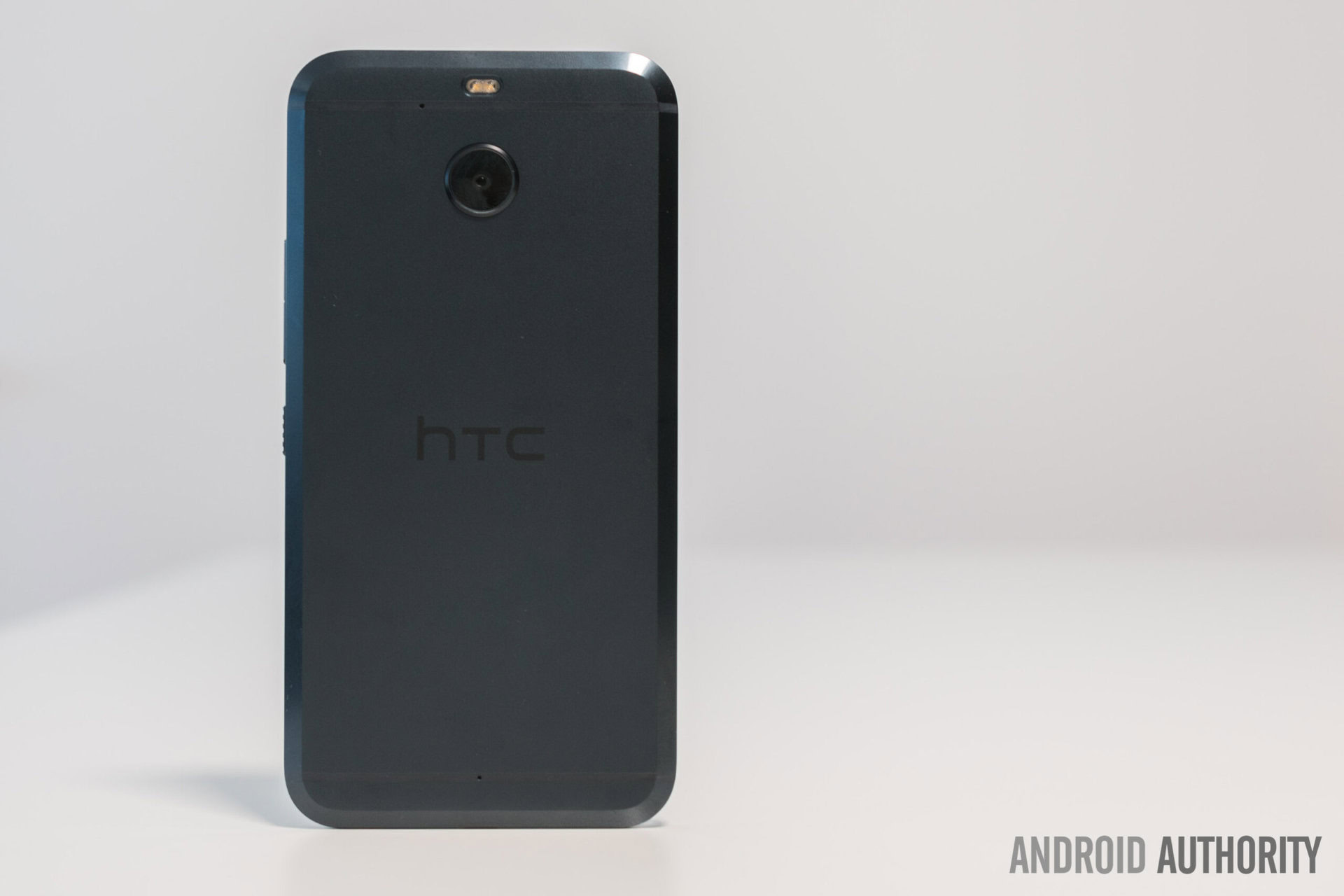
The HTCBolt shares many of the design cues that were introduced by its cousin, the HTC 10. It features a similar premium metal unibody build, large side chamfers, and is available in the same color options. We really like the HTC10’s design, and that opinion mostly translates to this design as well.
The Bolt feels just as well-built and remarkably solid in the hand as the 10, and the large chamfers provide an expectedly nice transition to the flat sides. The power button features a different tactile design than the volume keys in order to make it more easily discoverable. This actually works quite well in practice, and we have to give HTCcredit for continually delivering excellent, clicky-feeling buttons.
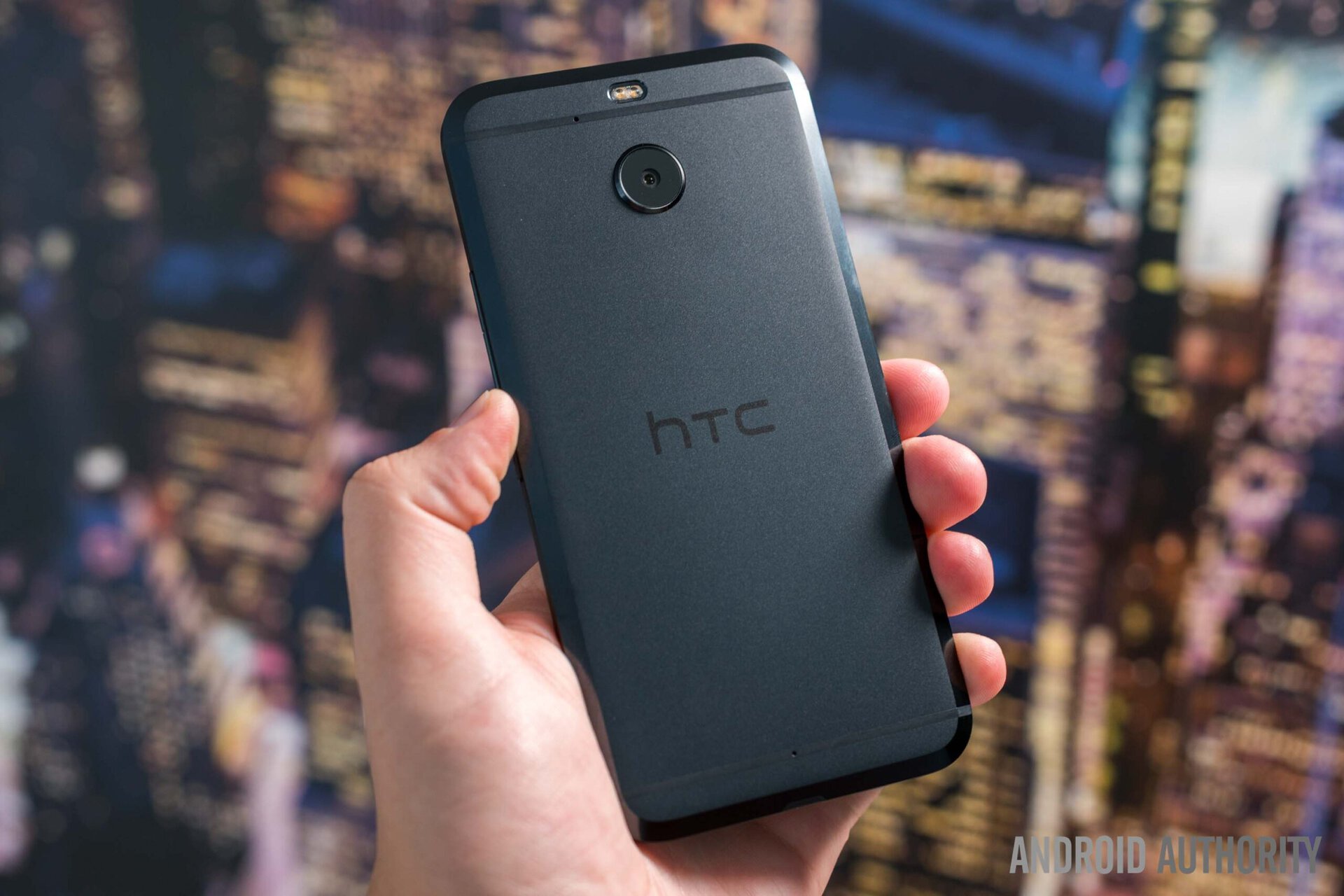
Of course, there are a couple of notable differences that distinguish the Bolt from the 10. To our disappointment, the curved back has been flattened, removing a bit of the ergonomic feel from the 10 that we’ve come to love. The surface doesn’t seem as glossy this time around though, making the phone less slippery in the hand. That’s important, too, as the Bolt has received a size bump to 5.5 inches, up from 5.2 inches on the 10.
The curved back has been flattened, removing a bit of the ergonomic feel from the 10 that we've come to love
In addition to some other minor changes, the Bolt also introduces what many have been asking for a while now: water resistance. The phone’s IP57 certification allows the phone to be submerged in up to one meter of water for up to thirty minutes. Although, HTCexplicitly states to avoid intentionally submerging the phone, as liquid damage may not be covered under warranty.
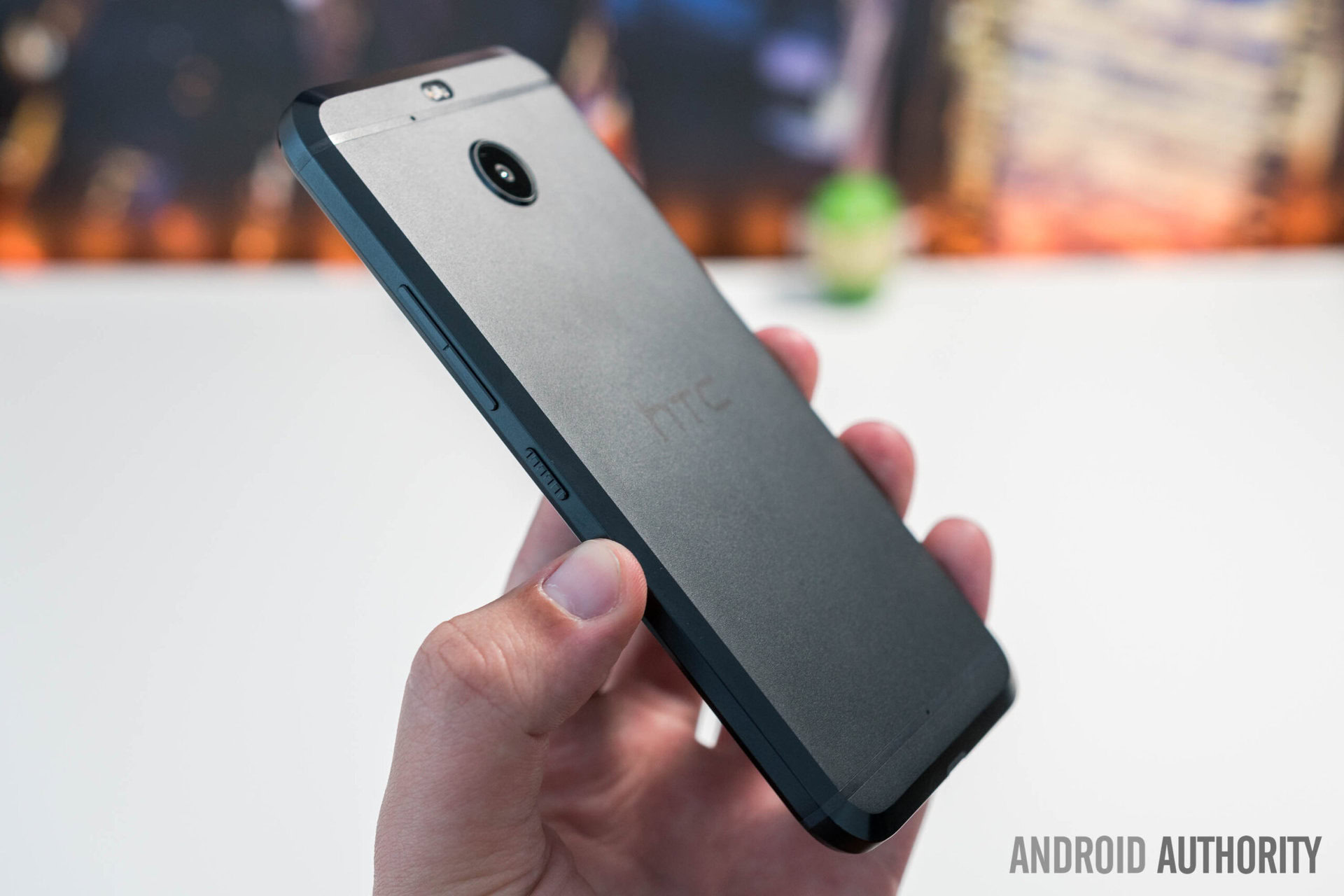
It’s worth noting that the HTCBolt’s IP57 rating is less than the Samsung Galaxy S7‘s IP68 rating. Since the first number represents protection from dust, and the second number represents protection from water, this indicates that the Bolt is only slightly less resistant to dust and water, and can still withstand a good amount of dust and less than one meter of water, but not beyond one meter like the S7.
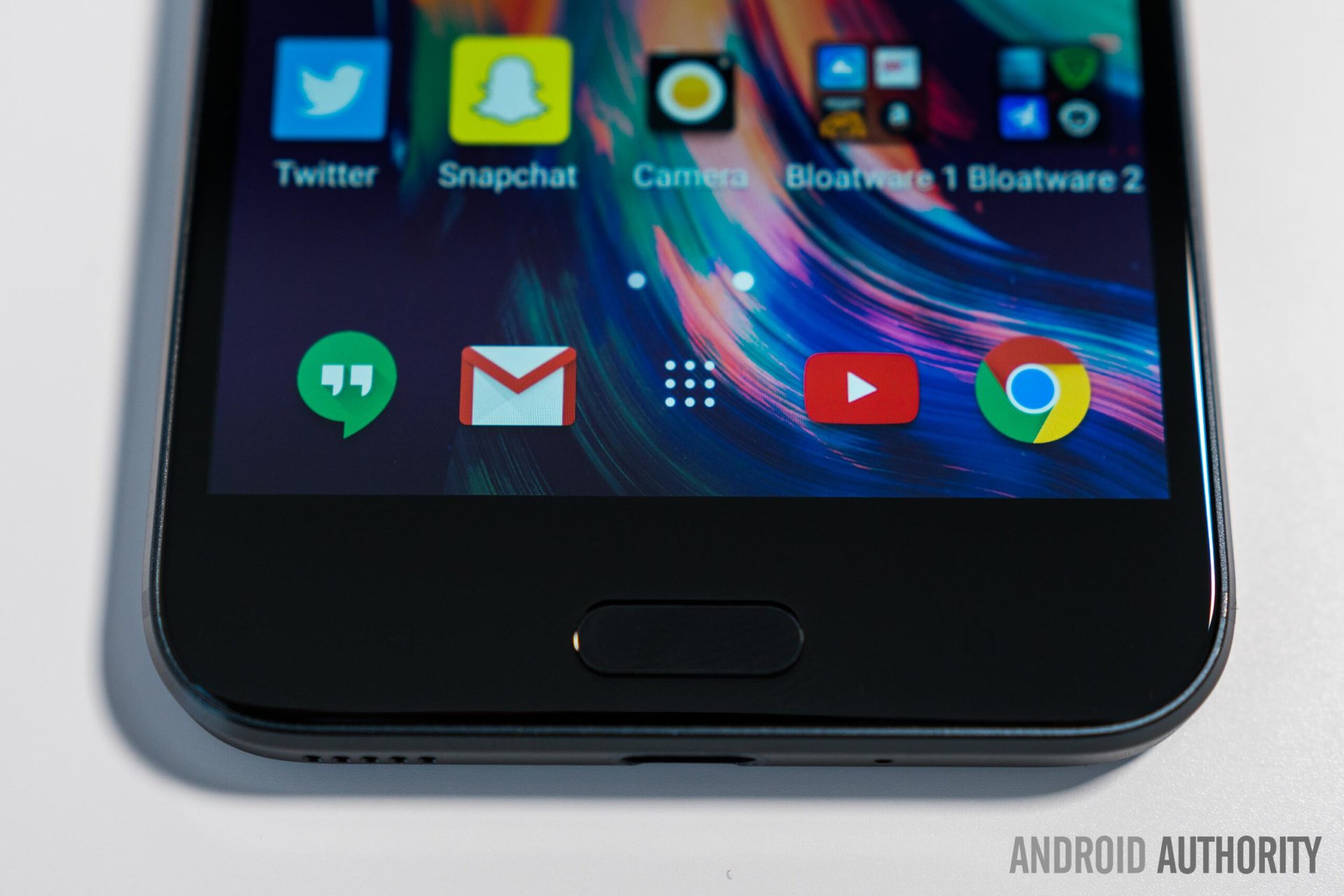
The illuminated navigation keys on the bottom of the phone are placed in the standard layout, and the center home button also functions as a fast and accurate fingerprint reader. It may not be the fastest out there, but it seems faster than the Galaxy S7’s reader, which is to say that it works very well. Similar to many other home/fingerprint reader combos, this button is merely capacitive, so it does not physically press down.
Display
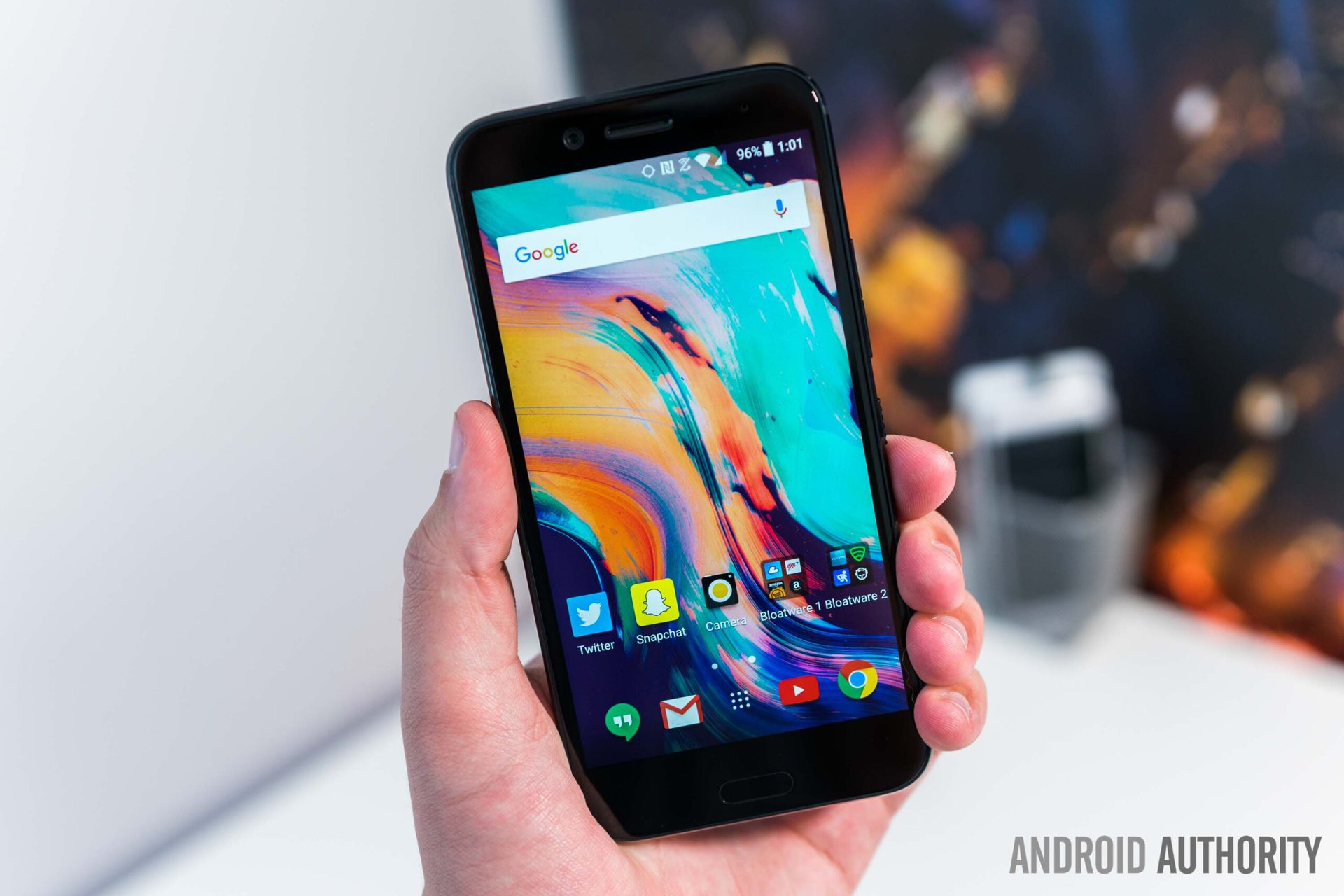
The HTCBolt features a 5.5″ QHD Super LCD 3 display, which is quite frankly wonderful. This display seems to be slightly different than the one used on the HTC10, but it still exhibits excellent contrast, has very nice colors, and doesn’t appear oversaturated.
The Bolt's display exhibits excellent contrast, has very nice colors, and doesn't appear oversaturated
Viewing angles are also pretty good, but are not exceptional. We wish the display was brighter for better sunlight visibility, as it can seem a bit dim while outdoors, especially when in sunny conditions. Thankfully, the Bolt’s display is covered in the latest Corning Gorilla Glass 5, so you shouldn’t have to worry too much about scratching it.
During our testing, we noticed an odd issue where the Bolt would improperly recognize touch screen input system-wide. This was most noticeable while scrolling, when the phone would show some amount of jitter, despite a lack of finger movement. A simple restart temporarily fixed this issue, but it kept coming back a day or two later, occurring on our review unit on four separate occasions. Hopefully this issue is isolated and can be resolved with a future software update.
Performance
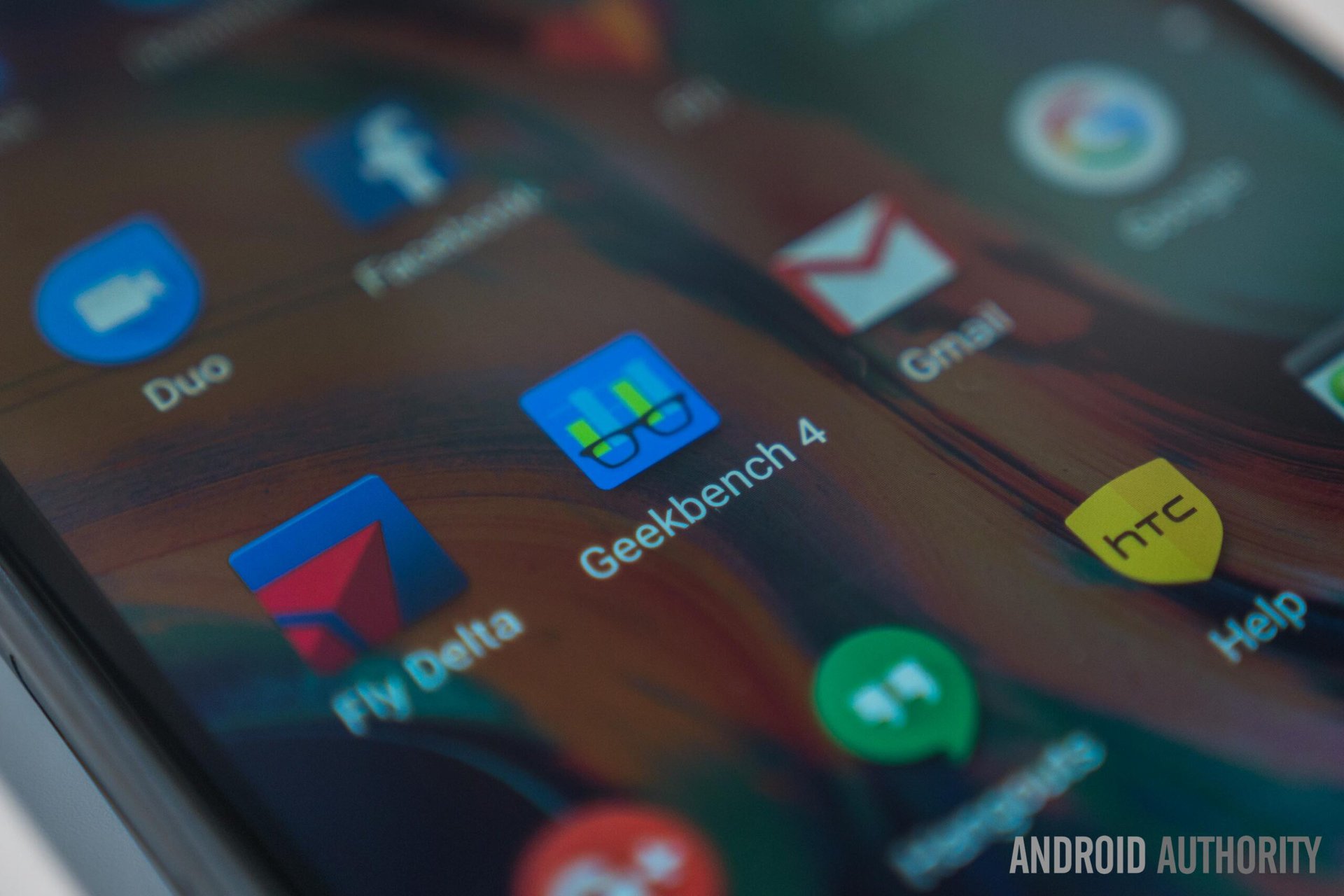
Perhaps ironically, the HTCBolt is being powered by the now two-year-old Qualcomm Snapdragon 810. This is definitely a head scratcher at first, as the Snapdragon 820 and Snapdragon 821 offer better performance, more efficiency, and less heat issues. It’s not a cost issue, as the Bolt is positioning itself clearly in the flagship territory. So, why on earth would they ship a phone with such an old processor?
HTC was presumably forced to settle with the 810 with its X10 LTE modem
Well, it seems that HTCwas unable to use more recent processors that were not certified to support Sprint’s LTE Plus network during development, which is ultimately the core purpose of this phone. HTCwas presumably forced to settle with the 810 with its X10 LTE modem, but it’s not all doom and gloom.
Real world, day-to-day performance is absolutely fine. That can be partially credited to the many disabled system animations, which make the experience feel a tad snappier than stock Android. As expected from the older 810, synthetic benchmark scores are decent, but not great, as shown below.
The Bolt includes 3 GB of RAM, which should be enough for most users. We would have liked to see HTCmaintain the 4 GB from the HTC10, given the phone’s premium price tag, but 3 GB will just have to do.
I did notice the phone getting warm fairly frequently while using the Bolt, but the phone always remained reasonably comfortable to hold. That was unfortunately not the case while charging, however, when the device would often heat up incredibly to the point of some concern. This may be due to the Snapdragon 810, poor internal heat dissipation, or a bit of both, but it’s certainly a turn off.
Hardware
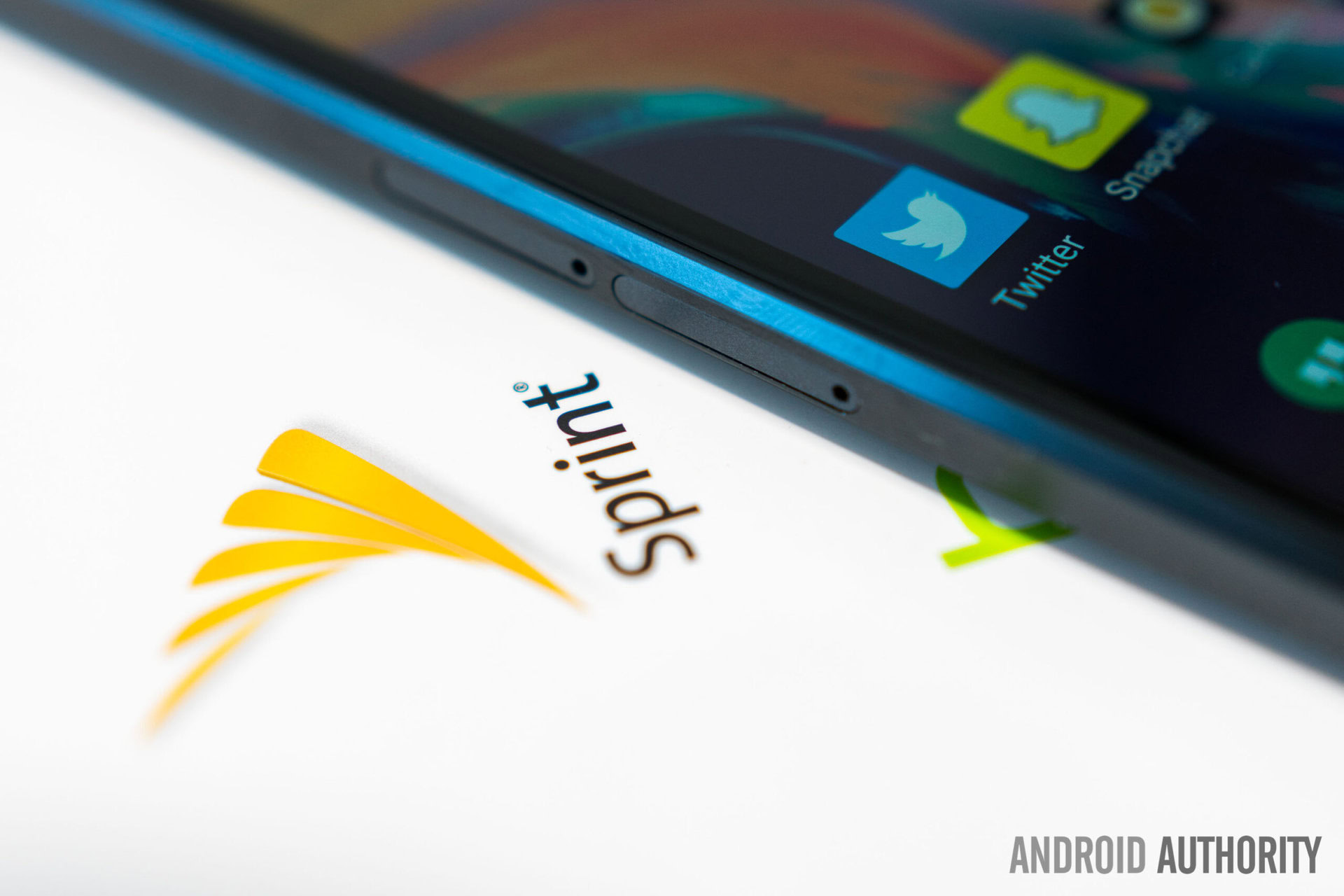
In the United States, the HTCBolt is exclusive to Sprint, so you will not be able to use it with any other carrier. However, if you are on Sprint, the main selling point of the Bolt is its support for Sprint’s new LTE Plus Network, which uses 3×20 MHz Carrier Aggregation to provide faster cellular data speeds, at least in theory.
Although the new network is an improvement over Sprint’s traditional LTE, our speed tests while connected to LTE Plus showed less than 20 megabits per second during non-peak times and less than 10 megabits per second during peak times. These speeds are relatively unimpressive, and not even available everywhere (check the coverage map here).
In our experience, Sprint’s general network is still very bad; for our testing, we didn’t receive any LTE Plus coverage in a city of around fifteen thousand people and instead received a very weak LTE signal that frequently dropped to 3G (or dropped completely), even in some urban areas. Even after finding a full normal LTE signal, speeds capped at around two and a half megabits per second, which is worse than what we would expect from 3G.
The experience is still very much a compromise for consumers
Sprint is marketing LTE Plus as sort of a panacea, but it needs to be much faster and more accessible. That means more LTE Plus coverage, as well as more and better LTE Plus compatible smartphones, both of which will likely come with time. Current coverage, like the Bolt itself, is a fair start, but the experience is still very much a compromise for consumers. It’s generally difficult to justify that compromise, too, given the oftentimes superior competing carrier offerings and the high price tag of getting access to what is largely a half-baked network.
Network issues are not HTC’s fault, but since this phone is exclusive to Sprint, we feel that these issues are important to discuss in this review. Obviously, if you’re outside of the United States and are looking to purchase the very similar HTC10 evo, you can disregard our complaints with Sprint.
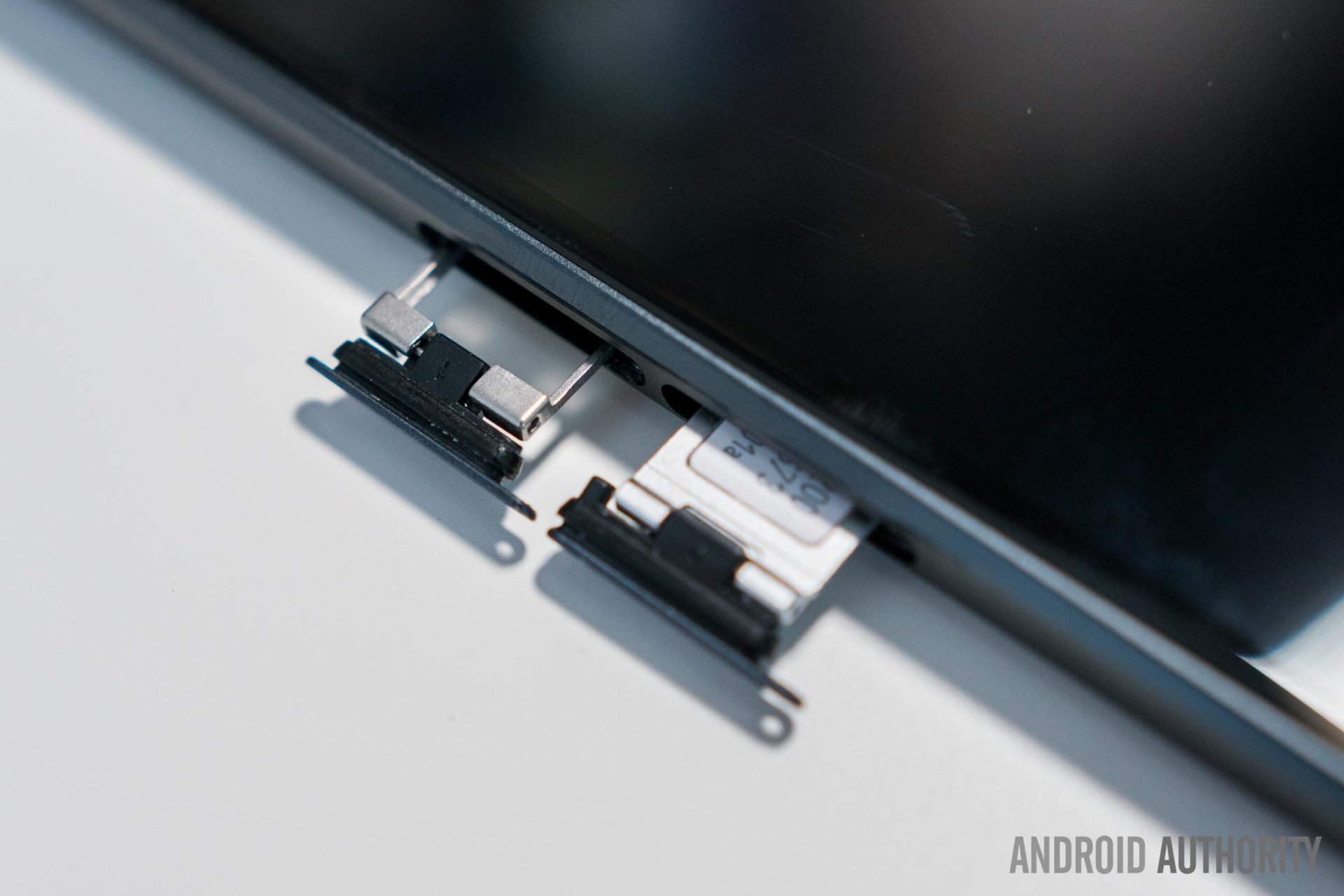
In addition to the nano SIM card slot, the Bolt includes another slot for a microSD card, if you’d like to add to the 32 GB of internal storage. We appreciate that HTChas kept this as an option for the Bolt.
Although the HTCBolt does not have HTC’s premium BoomSound, its side-firing speaker performs well. It gets fairly loud while maintaining low distortion levels, and still sounds leaps and bounds better then the Galaxy S7‘s speaker. It’s more than good enough for most scenarios, but if you want the louder, higher-quality BoomSound, you’ll want to instead consider the HTC 10.
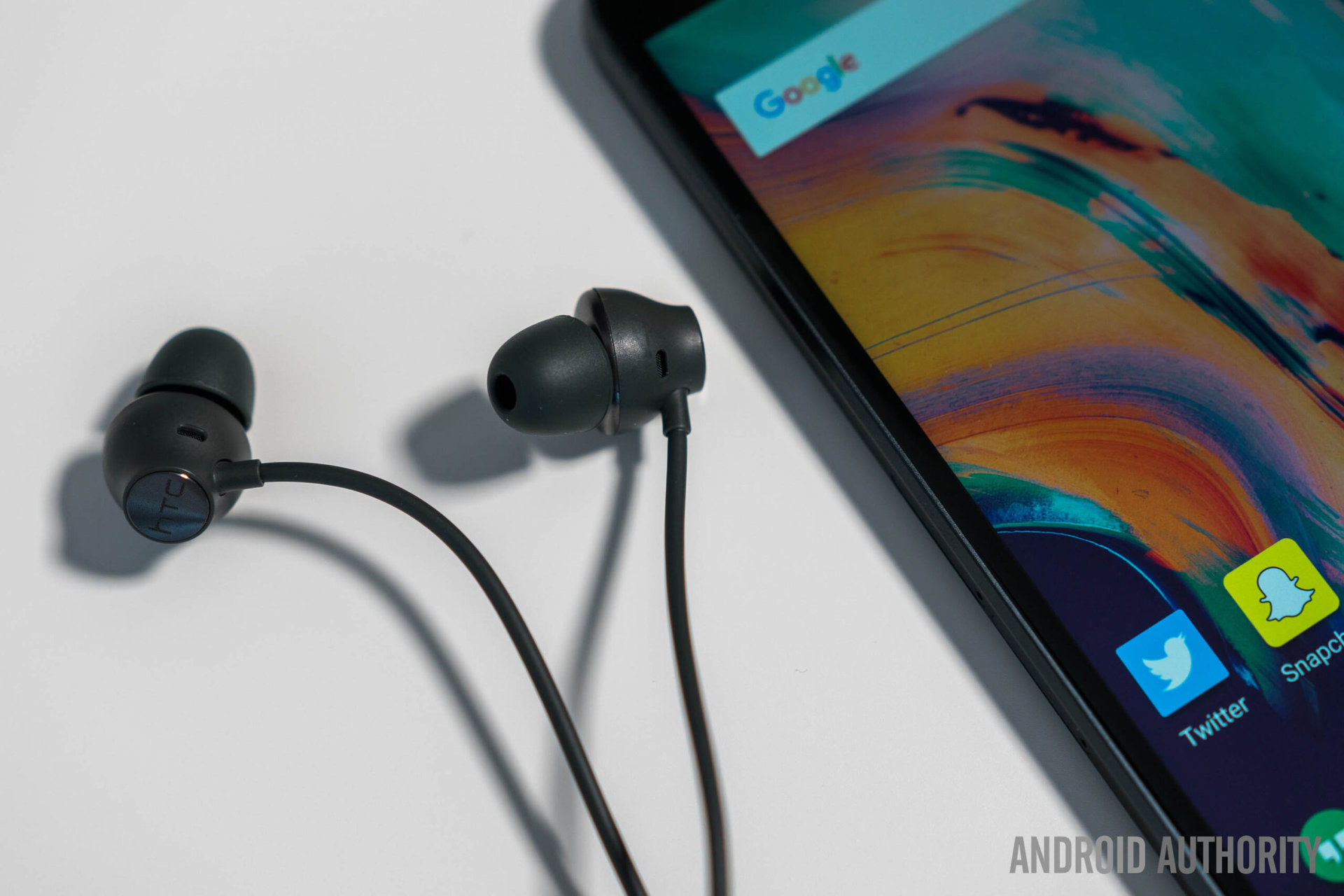
Following in Apple’s footsteps, the HTCBolt does not include a 3.5mm headphone jack and instead relies on the charging port for wired audio. In this case, you’ll need either USB Type-C headphones for external audio or Bluetooth headphones to listen to music externally. It appears that the Bolt is using the same 24-bit DAC as the HTC 10, as audio output is similarly excellent.
The HTCBolt also includes BoomSound Adaptive Audio, which allows you to set up a profile to customize the audio output. This is best demonstrated when using the bundled pair of USB Type-C headphones. These headphones are able to scan your ear structure and the surrounding area and then communicate back with the software to adjust to the best profile possible.
It’s very neat, and we found the adjustments to be noticeably better. You can manually re-scan by tapping the persistent notification when the headphones are plugged in, which we feel worked well enough.
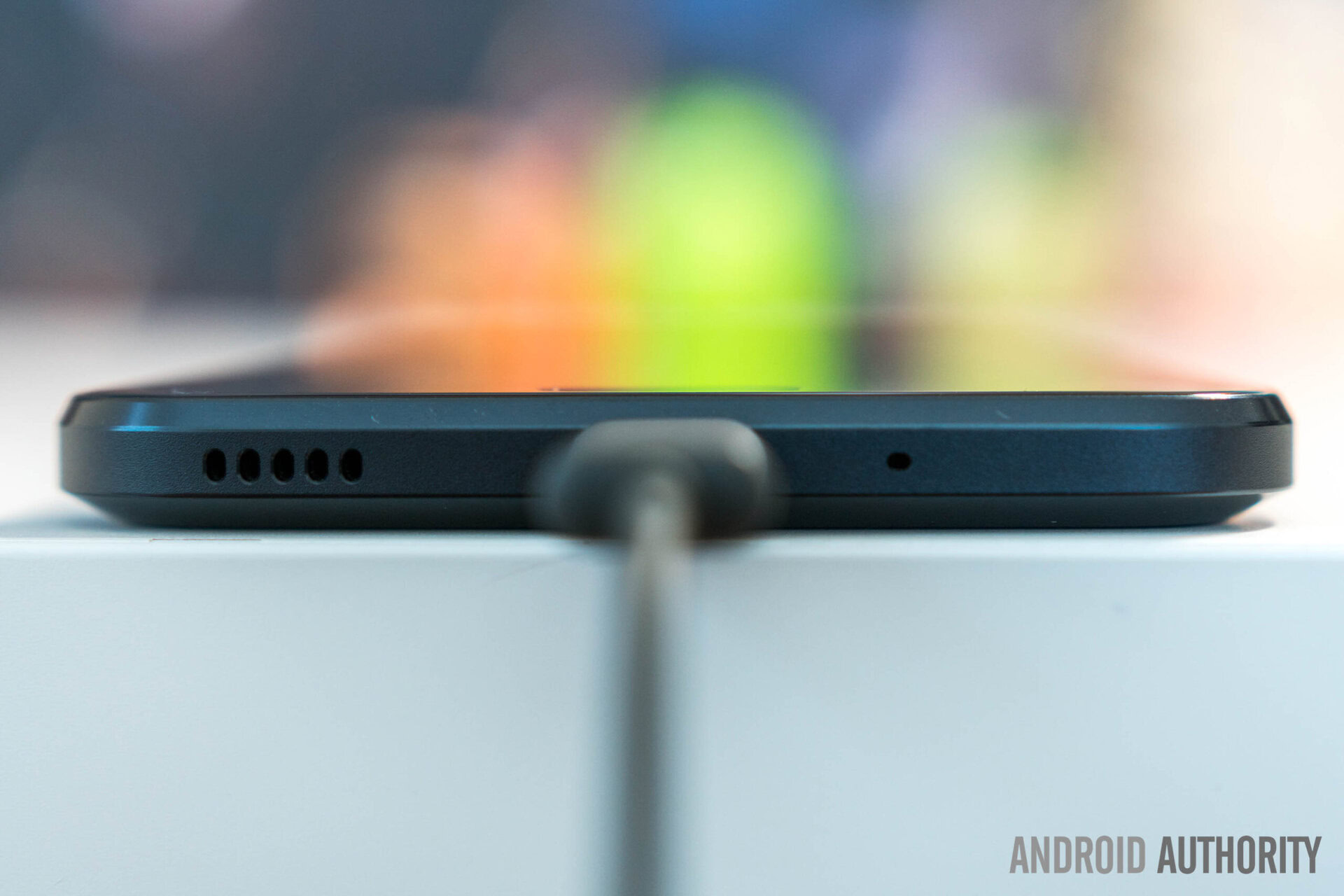
We don’t take issue with the inherent lack of a headphone jack, as it seems to be the future path, but we are disappointed with HTC’s accommodations for customers making the quite early transition from 3.5mm to USB Type-C. The manner in which they have presented this change is very anti-consumer for more than a few reasons.
Out of the box, you cannot use 3.5mm headphones
HTC doesn’t include a 3.5mm to USB Type-C adapter in the box, and the reviews for every third-party adapter we looked at explicitly stated that they did not work with the HTCBolt. So, out of the box, you cannot use 3.5mm headphones.
Thankfully, HTCis now offering a free headphone adapter for HTCBolt buyers. However, the offer is only valid for customers who purchase the phone before January 31st, and cannot be purchased as an accessory.
As of the time of writing, if you miss the deadline or your adapter wears out, you will not be able to use 3.5mm headphones with the Bolt. Even Apple, of all companies, includes an adapter in the box with the iPhone 7, and sells extras for just $9. HTCis blatantly ignoring the needs of consumers, and for a phone that costs so much, not including an adapter is inexcusable.
Battery Life
Despite a small bump in battery capacity to 3,200 mAh from the 3,000 mAh cell on the HTC10, our real world battery tests delivered disappointing results. While using the HTCBolt, we could barely make it through a full day of use while averaging just two hours and forty minutes of screen on time, as shown below.
While these tests were conducted with a relatively poor cellular connection, which may have negatively impacted our results, they are still quite concerning. Even if you do live in an area where you can receive a good connection, we wouldn’t expect anything over a full day of use with three and a half hours of screen on time.
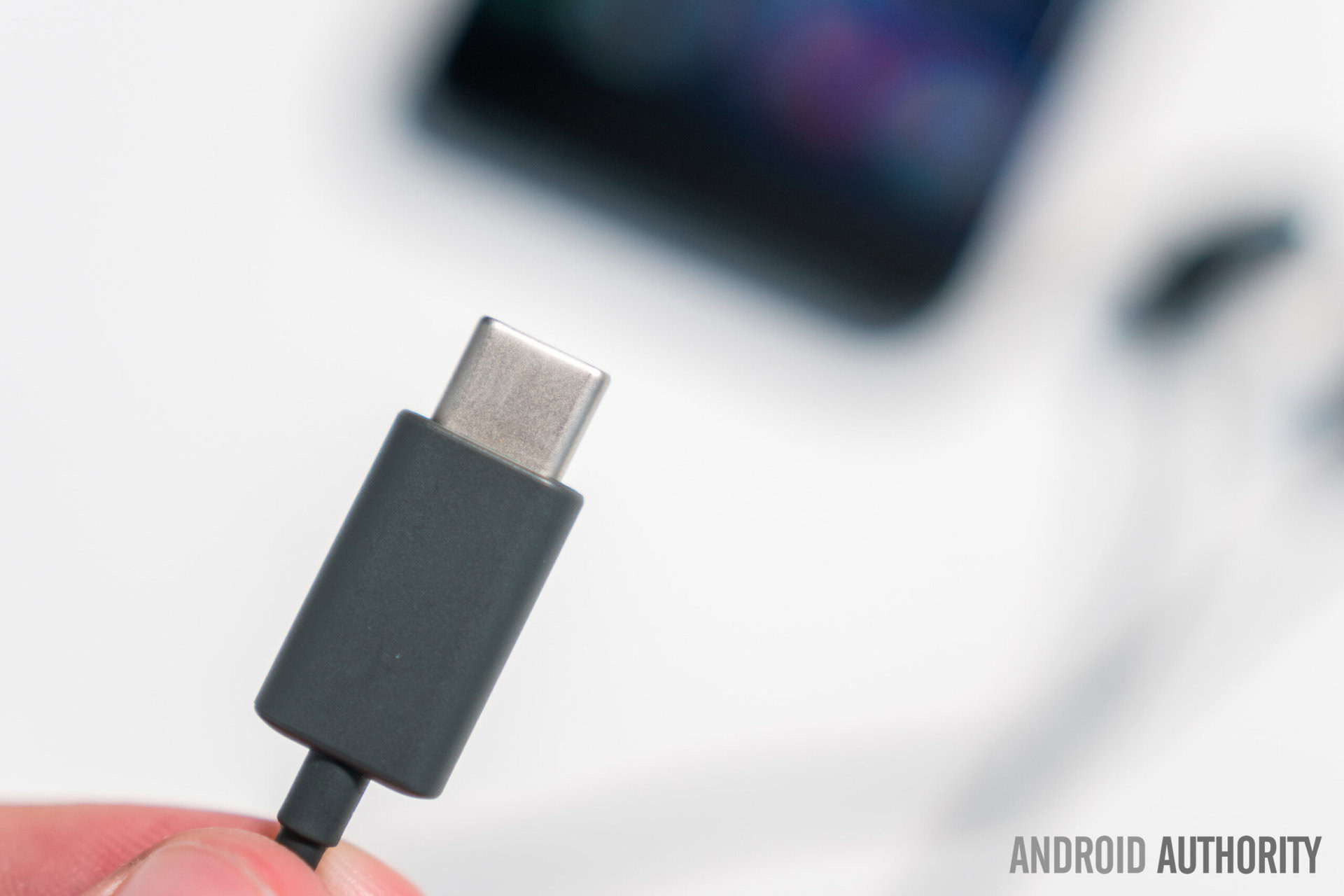
Although the device does support Quick Charge 2.0, HTCdoes not specify how quickly the Bolt should charge. That may be because, in our testing, the phone is only capable of going from zero to twenty-five percent in thirty minutes. While that may sound good for some who have yet to experience Quick Charge, much cheaper phones have been able to charge upwards of fifty percent in the same time period, while also offering significantly better battery life.
Camera
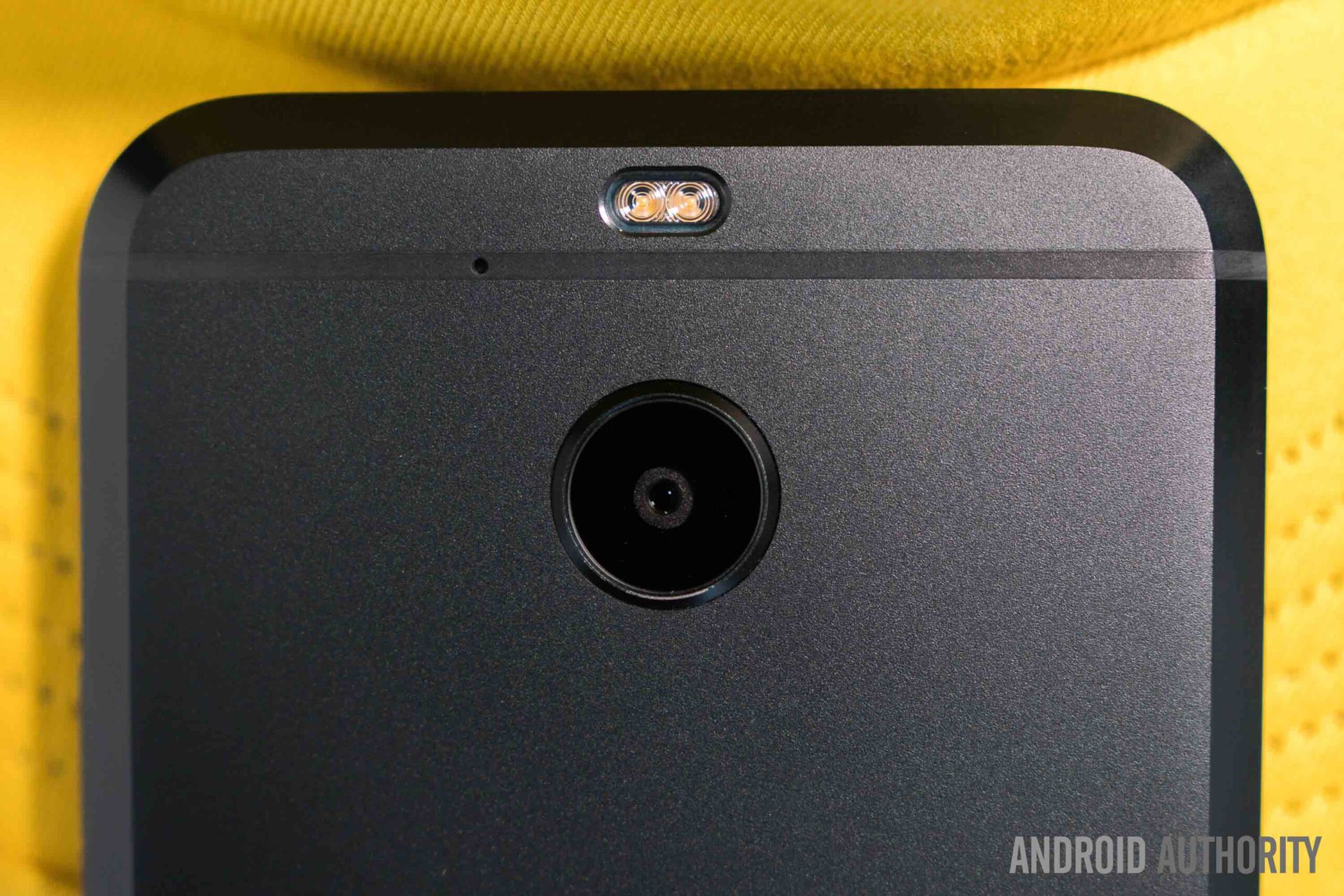
Starting with the rear camera, we’re looking at a 16 MP f/2.0 shooter with Optical Image Stabilization, which delivers images similar in quality to those produced by the HTC 10. That is to say, the camera is very good, despite not quite delivering the best results out there.
HTC Bolt camera samples:
Images are plenty sharp near the center, have a pleasing color profile, and offer good dynamic range. They aren’t oversaturated, either, and generally look quite nice in good lighting conditions. The corners are a bit soft, but it’s not incredibly noticeable unless you’re looking for it.
In low-light conditions, the Bolt holds up decently. As expected, images appear more grainy, offer less punchy colors, and are slightly softer, likely as a result of noise reduction. With that said, they’re often still more than adequate for sharing with others.
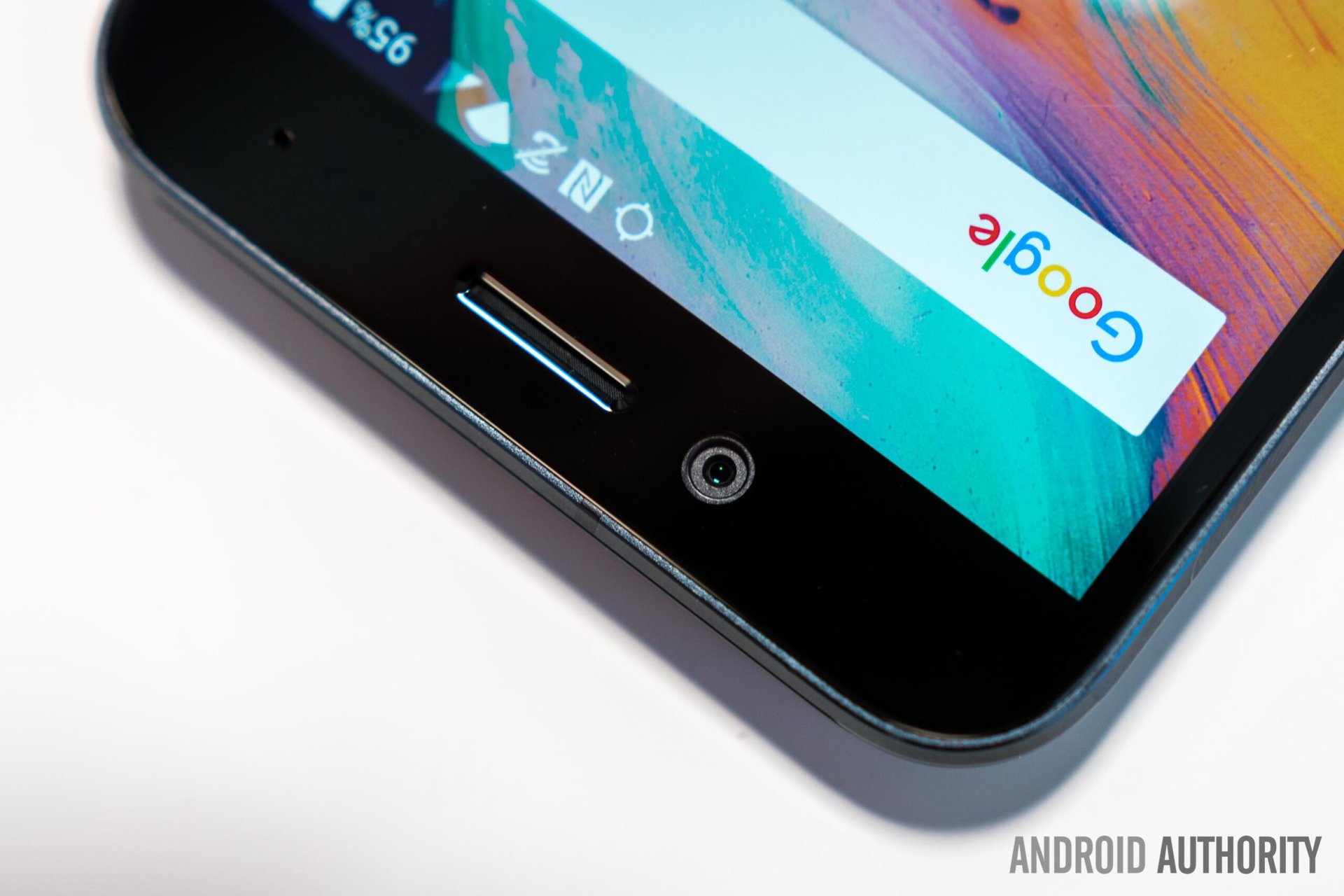
The front facing camera is actually an 8 MP f/2.4 shooter, and delivers excellent results. Front-facing cameras often seem like an afterthought for many smartphones out there, so we’re happy to see HTCpay some true attention to this detail.

For video recording, the HTCBolt does 4K at 30fps, so you will be able to capture very high-quality recordings. However, these recordings are limited to six minutes, so for longer captures, you’ll have to figure something else out. You can see a sample video in our video review, linked at the very top of this page.
Unless you need the best of the best, this camera setup will certainly meet your needs
Unless you need the best of the best, this camera setup will certainly meet your needs. The camera app itself is also quite pleasant to use, and offers a number of different modes such as HDR, Panorama, Pro, and Hyperlapse.
Software
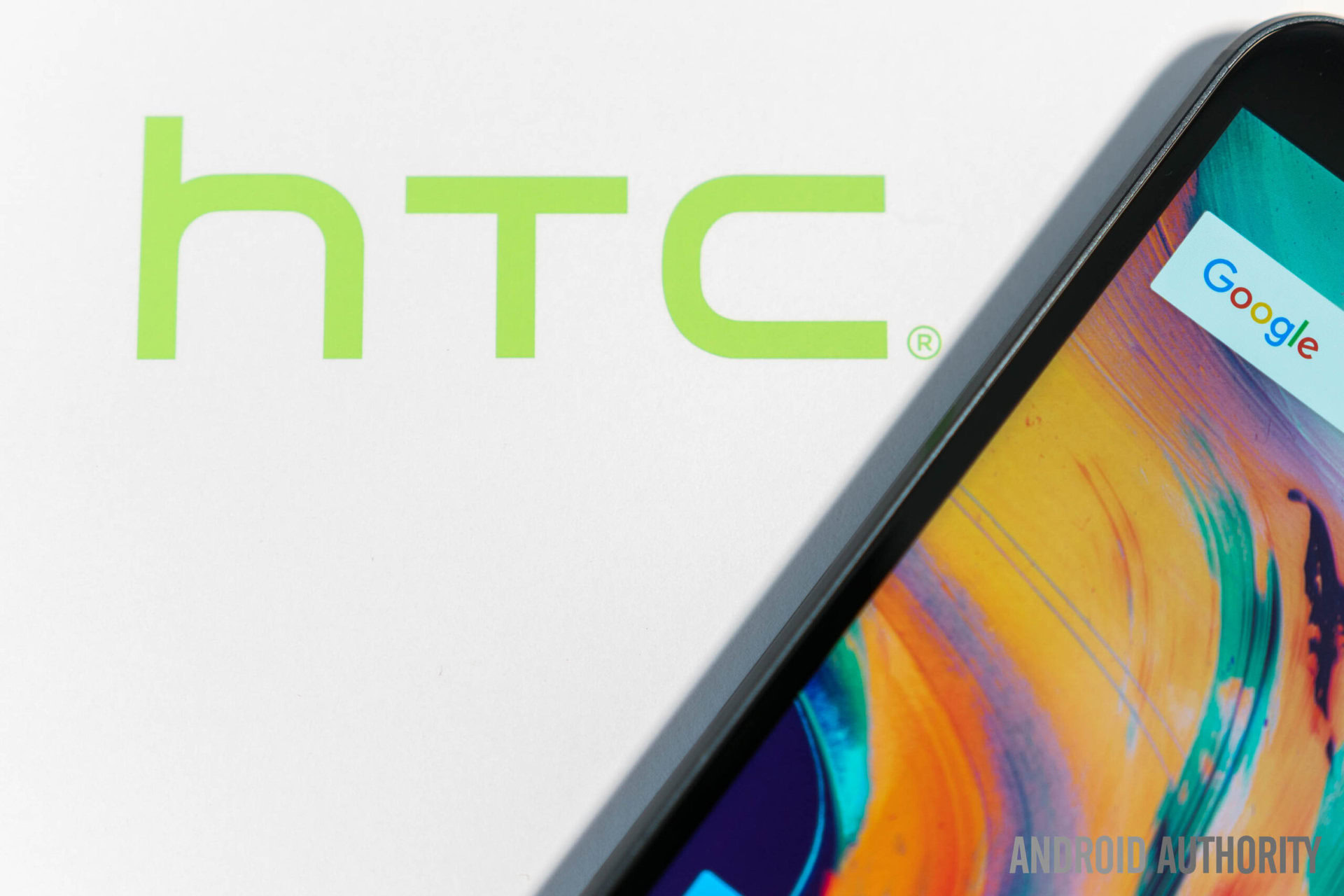
The HTCBolt’s software is identical to that of the HTC 10. It’s running HTC’s Sense UI, so the same great features like Blinkfeed and Themes are available here as well. Everything from the lock screen to the quick toggles receive tasteful tweaks, and the features that HTChas added are generally quite nice.
The overall software experience implemented by HTCis excellent, without straying too far from the design and mechanics of stock Android. We may not have a single favorite Android skin, but HTC’s Sense UI is certainly one of the best we’ve had the pleasure of using.
In addition to its nice software skin, the HTCBolt runs Android 7.0 Nougat out of the box, which is the latest software from Google. We’re very happy to see HTCtaking software support seriously, and hope that they will continue to do so in the future via OS and security updates.
The software experience is brought down heavily by Sprint
Unfortunately, the software experience is brought down heavily by Sprint. There are more than thirty individual bloatware apps, more than half of which cannot be uninstalled. This can, of course, be very frustrating to the end user and it doesn’t help that some of the third-party apps send notifications without consent.
The intrusiveness of Sprint’s apps generally are a concern. For example, whenever you connect to a WPA2 protected Wi-Fi network, the Sprint Secure Wi-Fi app shows a pop up warning you about the insecure connection. The popup then proceeds to try to upsell you on a VPN service. This is almost always unnecessary for private WPA2 connections, but the larger issue is how unexpectedly intrusive the software is.
Gallery
Price
The HTCBolt is available in both Gunmetal and Glacial Silver on Sprint for a base price of $600, with 24-month financing available at $25 per month. We expect that this phone will go on sale frequently, so if you’re interested in purchasing one, you’ll want to keep an eye out for those.
Conclusion
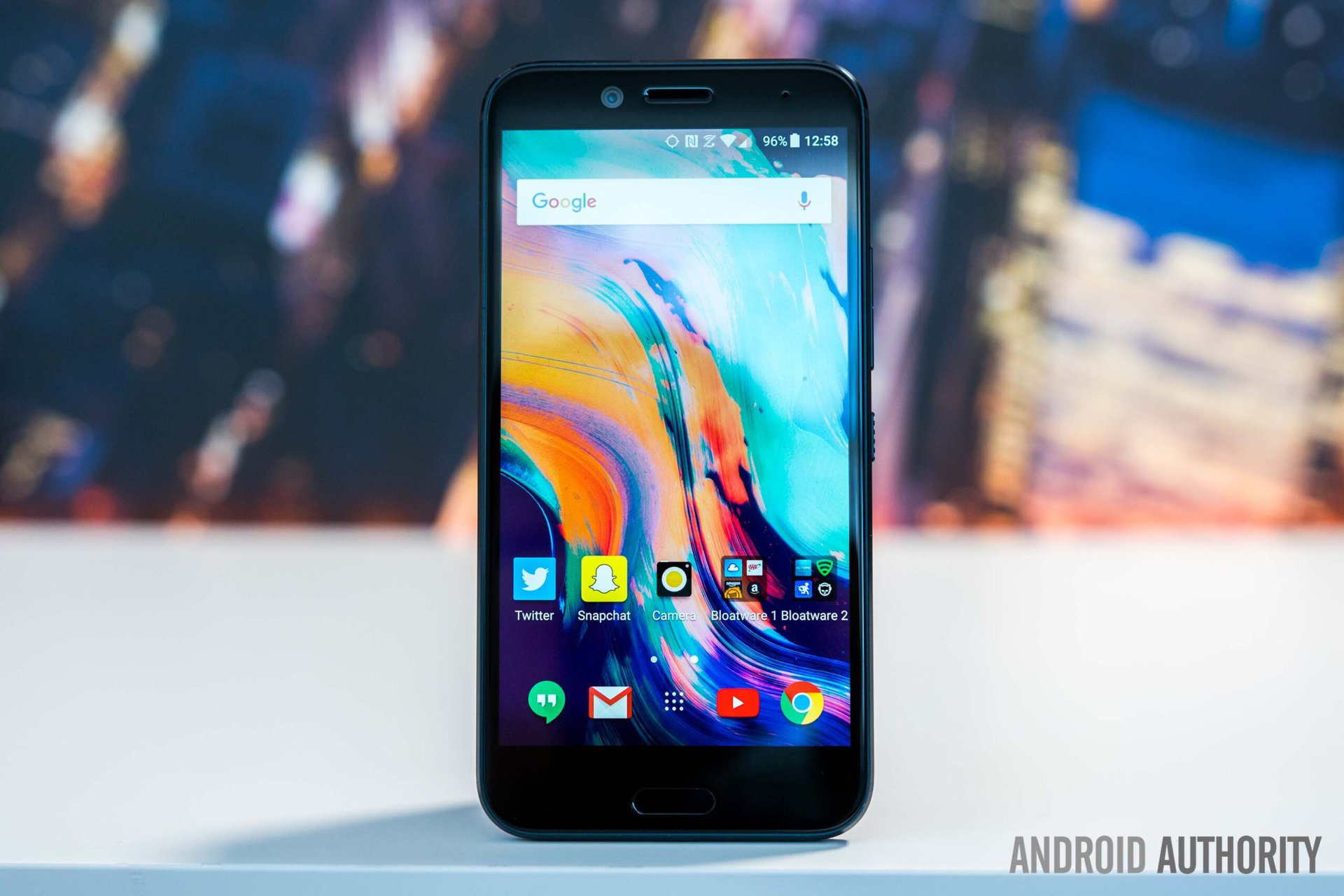
Unfortunately, the HTCBolt is perhaps the most compromised smartphones that we’ve recently reviewed. Although we generally like its design, display, and camera, the HTCBolt simply has too many small issues for its $600 price tag for us to make even a conditional recommendation. It’s hard to ignore the much better phones at nearly half the price like the ZTE Axon 7 and OnePlus 3T.

Sprint seems to have had a large amount of input in the HTCBolt, and it shows: from the problematic two-year-old processor to the overwhelming amount of pre-installed bloatware. If you’re determined to stay with Sprint, we recommend waiting for either the HTC U11 or Samsung Galaxy S8, which should be released with LTE Plus support within the next few months. If LTE Plus isn’t important to you and you need a phone now, you can’t go wrong with the better overall and slightly cheaper HTC 10.
Thank you for checking out our review of the HTCBolt for Sprint. We want to know: would you buy a smartphone for better data speeds alone? We’d love to hear your thoughts on this in the comment section below!